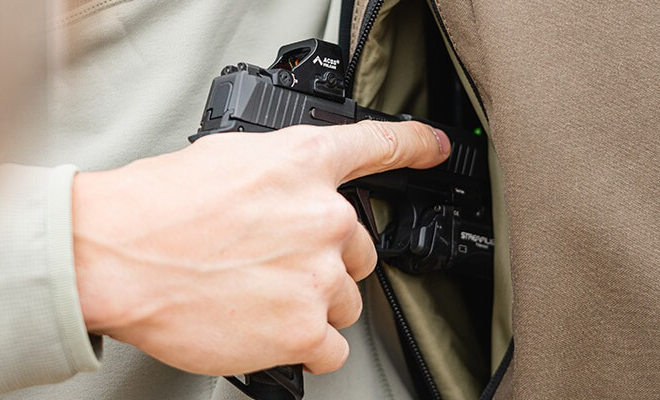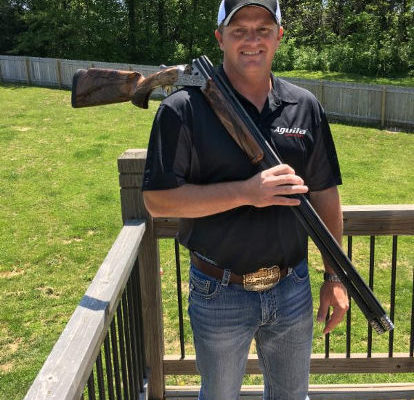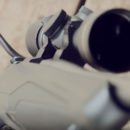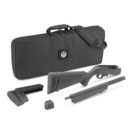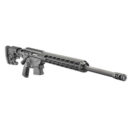Tactical Training for Everyday Carry: Essential Drills and Tips

Carrying a firearm responsibly means more than just having one; it involves comprehensive training to ensure you’re prepared for any situation.
Here’s how you can train effectively for concealed carry:
Understanding the Basics
Before diving into drills, understand the legal and ethical responsibilities of carrying concealed. Ensure you’re familiar with local laws, maintain proficiency, and uphold safety standards.
Drills for Drawing from Concealment
- Dry Fire Practice:
- Setup: Secure your area, no live ammunition around.
- Drill: Practice drawing from your concealed carry holster, focusing on speed and smoothness. Use a timer to track progress. Aim at a target without firing, focusing on grip, alignment, and trigger pull.
- The 5 in 5 Drill:
- Objective: Draw and fire five rounds within five seconds.
- Execution: Start from concealment, draw, and engage a target at various distances. This helps in building muscle memory and speed.
Shooting Under Stress
- The Stress Shoot:
- Setup: Use distractions like loud noises or physical exertion before shooting.
- Drill: After inducing stress (e.g., running), immediately transition to shooting. This mimics the adrenaline rush of real-life scenarios, helping you manage fine motor skills under pressure.
- The Surprise Drill:
- Objective: To simulate unexpected threats.
- Execution: Have a training partner give a verbal command to draw and shoot at an unpredictable moment. This promotes quick reaction times and decision-making under surprise.
Enhancing Situational Awareness
- The Walkthrough Drill:
- Setup: Engage in normal activities in a safe, controlled environment.
- Execution: Walk through different scenarios (e.g., shopping, walking in a park) while noting potential threats, exits, and cover spots. This drill trains you to be constantly aware of your surroundings.
- Role-Playing Scenarios:
- Objective: To practice de-escalation and threat assessment.
- Drill: With a partner, simulate confrontations where you must decide when to draw or when to de-escalate. This helps in understanding when to engage or avoid conflict.
Continuous Improvement
- Regular Training: Make training a routine, not just an occasional activity. Consistency is key to maintaining and improving skills.
- Simulated Environments: Use force-on-force training with safe, non-lethal tools to mimic real-life conditions more closely.
- Mental Exercises: Visualization and stress management techniques can be practiced anywhere, anytime, enhancing your mental readiness.
Conclusion
Effective concealed carry training isn’t just about shooting; it’s about being prepared mentally, physically, and tactically. Incorporate these drills into your training regimen to ensure you’re not only carrying but carrying with confidence and competence. Remember, the goal is not just to survive but to manage situations with the highest degree of safety for everyone involved.
By integrating these practices into your routine, you’ll be better equipped to handle the responsibilities and challenges of everyday carry. Stay safe, stay sharp.



